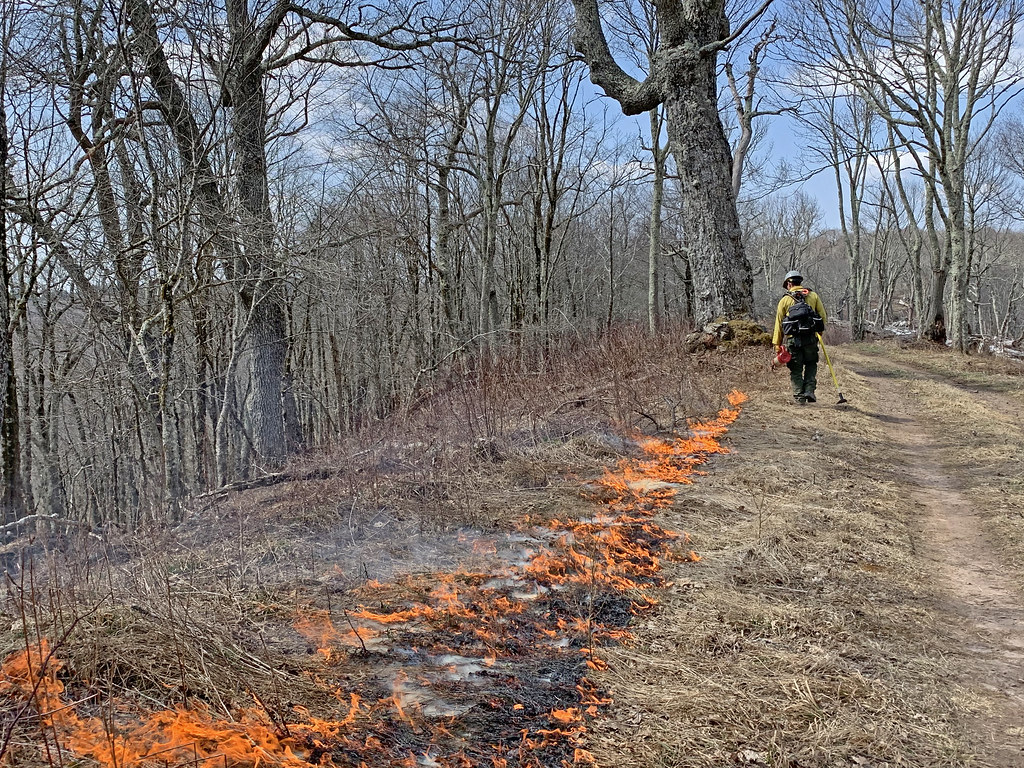Staff at the Monongahela National Forest are preparing to conduct prescribed burns in the area through June.
Prescribed burns are planned fires meant to maintain a forest’s health and prevent overgrowth. They help improve habitats by removing invasive species, recycling nutrients into the soil and providing forage for wild game. It also helps to prevent more dangerous wildfires.
“What we’re doing is we’re trying to reestablish fire’s natural role in forest ecosystems,” Monongahela National Forest Fire and Fuel Planner Conor Shanahan said.
The areas scheduled for prescribed burns include units in Pendleton, Pocahontas and Greenbrier counties, totaling 1,251 acres.
The areas include:
- Big Mountain Unit 9 and 10 in Pendleton County
- Chestnut Ridge North/South Savanna Units 1 and 2 in Pocahontas County
- Hopkins Units A, B and C in Greenbrier County
- Brushy Mountain Units B2, B4 and B6 in Greenbrier County
These areas will be closed off during the day of the burn, and may be closed during the few days after for public safety.
“Our burns might be seen by the public but usually we post signs on roads the day of or the day before burning,” Shanahan said. “People may see or smell smoke, but besides that, they wouldn’t really have much encounters with any of our burning corps or fire.”
No specific dates have been announced as burns are scheduled for days with specific weather conditions and could be delayed because of temperature, humidity, smoke dispersion and wind.
Information and maps about the burnings will be available online when they begin.
